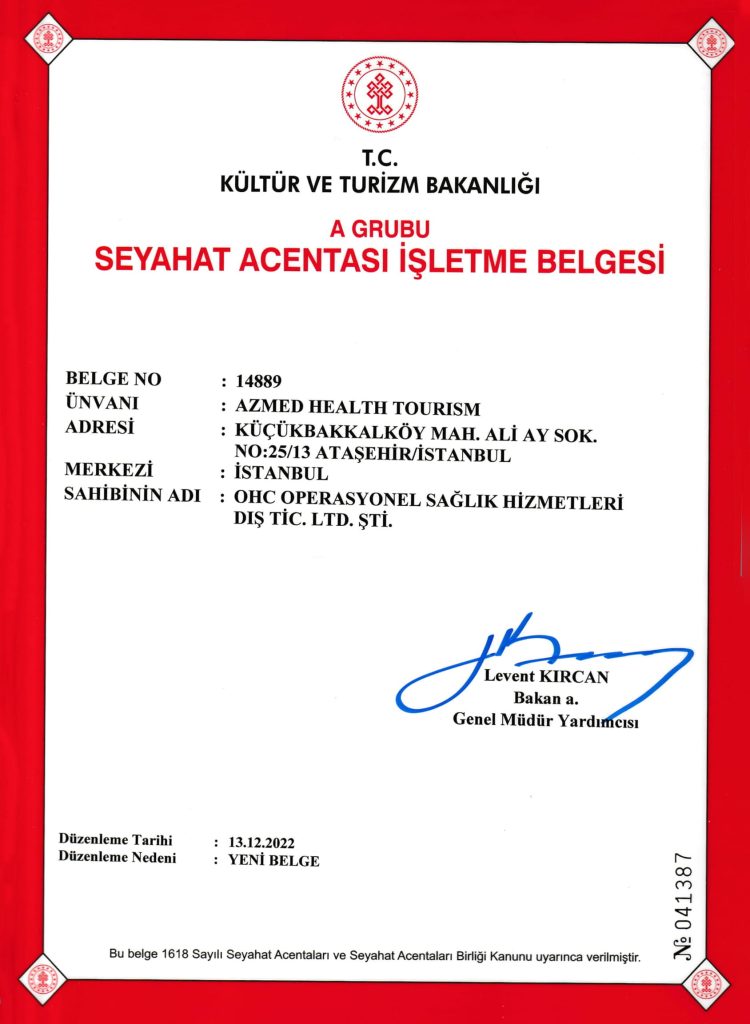Intragastric Baloon
The intragastric balloon is one of the obesity treatments made of silicone or polyurethane material, which is placed in the stomach before inflating and inflating with a sterile liquid. The application is not a surgical intervention, but depending on the type of balloon, some intragastric balloons are placed and removed by endoscopy under anesthesia.
The mechanism of action of an Intragastric Balloon is to create a feeling of fullness by occupying space in the stomach, thus enabling the patient to lose weight with less food consumption at each meal. Studies on this subject started in the 1980s. Swallowable Intragastric Balloon, which does not require endoscopy and anesthesia, has also been developed until today.
Considering obesity is a common disease of the modern age, Intragastric Balloon applications are a frequently preferred treatment method in treating overweight and obesity, especially by individuals who are inconvenient to receive anesthesia or do not want surgical procedures.
According to Intragastric Balloon varieties, it stays in the stomach for 4-12 months. The feeling of satiety and satiety it gives during this period makes it easier for the person to comply with his diet by limiting food intake. Dietary style and eating habits change; after the balloon comes out of the stomach, the person maintains these habits and carries his ideal weight.
To Whom Can Intragastric Balloon Be Applied?
The intragastric balloon is an obesity treatment method that has been used for a long time and is generally able to lose 10 to 15% of their weight in 4-6 months. Doctors can apply it to individuals with a body mass index of 27 and above, between 18-70, who have not had bariatric surgery before.
In Which Situations Is Intragastric Balloon Not Appropriate?
The intragastric balloon is not suitable in some cases. At the beginning of these situations, reasons such as stomach-related ulcer reflux and large gastric hernia come. In addition, the application is unsuitable for patients who have had bariatric surgery before, those who are pregnant or want to become pregnant, those who are addicted to alcohol, those who have psychological disorders, and those who have problems in the esophagus and esophagus.
What are the Advantages?
- It can be attached in a short time under hospital conditions.
- After the gastric balloon application, the person can return to his everyday life without needing hospitalization.
- It is elementary and painless to apply.
- Doctors can remove the patient at any time.
Life After Intragastric Balloon Insertion
It is worth noting that your stomach will try to digest the Intragastric Balloon, but because it is indigestible, cramping, nausea, and vomiting will occur during the habituation process. These symptoms last 3 to 7 days, varying from person to person, and then disappear. Your doctor will prescribe the necessary drugs so that you can get through this process quickly.
It would be best if you did not forget that the gastric balloon is a start to losing weight. You must maintain this by changing your lifestyle and eating habits in the next steps. You will need to follow the diet given to you and turn it into a diet in the future.
It is normal to feel discomfort, such as nausea, immediately after the gastric balloon is inserted. This may take a few days or up to a week. Depending on the severity of these ailments, your doctor will prescribe medication.
In the first two weeks, most patients feel full. Some patients may experience nausea after eating a meal. Significant weight loss is seen in these two weeks.
The appetite is gradually restored in 3-6 weeks, but it can be satisfied with very little food. In this process, it should be followed to eat slowly and whether any discomfort is felt after the meal. Meals should be scheduled and deliberate. Complaints such as hiccups, stomach reflux, and nausea are usually seen when eating fast and a lot.
Weight loss continues for first 12 weeks. However, it is less than the first eight weeks. In this period, it is essential to continue to establish diet and exercise methods as a lifestyle for weight loss.
What are Intragastric Balloon Harms?
Gastric balloon application was researched and started to be applied in the 1980s. Until today, materials and application techniques have been developed, and the damages that may occur during and after the application have been tried to be eliminated.
Of course, as in many medical operations, some complications may occur in this application, although it is scarce. For example, during the application of the endoscopic gastric balloon, the esophagus or the stomach may be damaged, which may cause discomfort, such as ulcers. Or, if the balloon rarely deflates, intestinal obstruction may occur.
What Are the Risks of Intragastric Balloon?
Complication risks in the first period can be considered as nausea, vomiting, stomach cramps, and weakness. For this reason, early removal may occur.
In later periods, bloating, heartburn and reflux decreased stool and bowel movements, and foul-smelling burping can be seen.
Situations that require emergency intervention occur due to the deflating of the balloon in the stomach, albeit very rarely. In this case, the blue-colored liquid inside the endoscopic gastric balloon mixes with the urine and stool, allowing early detection and, thus, intervention.
Date:
November 12, 2022






